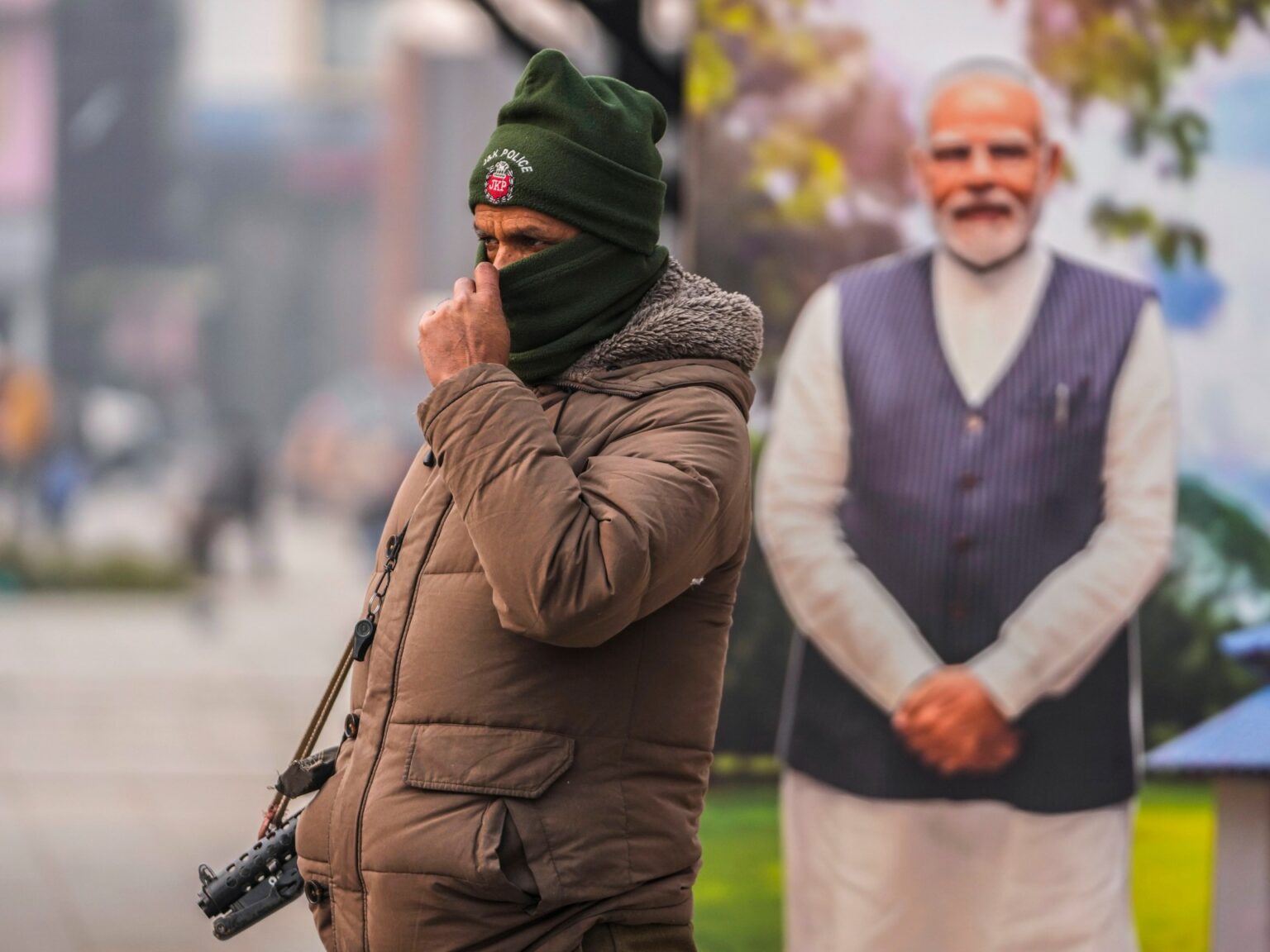In a significant setback to Kashmiri political teams, India’s Supreme Court has upheld a 2019 resolution by Prime Minister Narendra Modi’s authorities to revoke particular standing for Indian-administered Kashmir, which gave it a level of autonomy.
The disputed Himalayan area is claimed in full though dominated partially by each India and Pakistan since their independence from Britain in 1947. The nuclear-armed neighbours have fought three of their 4 wars over it since then.
The courtroom hearings started in August on a petition filed by Kashmiri people and teams.
The verdict is an enormous increase for the governing Hindu nationalist Bharatiya Janata Party (BJP) forward of basic elections due in May. The 2019 resolution by the BJP was a marketing campaign promise to finish Article 370, which granted particular standing to the disputed Himalayan area.
Here is all you have to know in regards to the difficulty:
What does Monday’s verdict say?
In its ruling, the Supreme Court stated Jammu and Kashmir ought to be restored to the identical statehood as every other Indian state – with no separate autonomy rights – “at the earliest and as soon as possible”.
The five-judge constitutional bench of the Supreme Court dominated the area’s particular standing had been a “temporary provision” and eradicating it in 2019 was constitutionally legitimate.
“Article 370 was an interim arrangement due to war conditions in the state,” Chief Justice DY Chandrachud stated, referring to the supply within the Indian Constitution that offered the particular standing after Muslim-majority Kashmir’s Hindu ruler signed an settlement in 1947 to hitch India.
As a part of the Instrument of Accession, India allowed Kashmir to retain its personal structure, flag and prison code. Kashmir had its personal prime minister and president till 1953 when New Delhi jailed its prime minister, Sheikh Abdullah, and abolished the submit in what it stated have been efforts to combine the Muslim-majority area with the remainder of India.
Kashmir has been on the coronary heart of greater than 75 years of animosity between India and Pakistan.
Pakistan claims Kashmir as its personal territory, saying the Muslim-majority space ought to have been a part of the brand new state of Pakistan, created in 1947 when British colonial rule ended within the partition of the Indian subcontinent.
The First Kashmiri War broke out quickly after partition and led to 1949 with a United Nations-mediated ceasefire that divided Kashmir into Pakistani- and Indian-administered areas.
What is Article 370?
Article 370, which got here into impact in October 1949, granted Kashmir autonomy of inside administration, permitting it to make its personal legal guidelines in all issues besides finance, defence, overseas affairs and communications.
The Indian-administered area established a separate structure and a separate flag and denied property rights within the area to outsiders.
Article 35A, an additional provision added to Article 370 in 1954, empowered state lawmakers to make sure particular rights and privileges for everlasting residents of the state.
With the repeal of Article 370, Article 35A was additionally scrapped, permitting non-Kashmiris to purchase property within the area and elevating fears that India is attempting to engineer a “demographic shift” within the Muslim-majority area.
In 2019, Modi’s authorities additionally bifurcated Kashmir into two areas – Jammu and Kashmir within the west and Ladakh within the east – to be dominated immediately from New Delhi. Kashmir misplaced its flag, prison code and structure enshrined in Article 370.
No regional elections have been carried out within the two areas since then, however the Supreme Court ordered Indian-administered Kashmir to carry native legislative elections by September 30 subsequent yr.
What are the reactions to this verdict?
Modi referred to as the judgement “a beacon of hope, a promise of a brighter future and a testament to our collective resolve to build a stronger, more united India”.
“The court, in its profound wisdom, has fortified the very essence of unity that we, as Indians, hold dear and cherish above all else,” he stated in a submit on X.
Challengers of his authorities’s 2019 resolution maintained that solely the Constituent Assembly of Indian-administered Kashmir might resolve on the particular standing of the area and contested whether or not the Indian Parliament had the ability to revoke it.
“Disappointed but not disheartened,” Omar Abdullah, a former chief minister and vp of the Jammu & Kashmir National Conference get together, posted on X. “The struggle will continue. It took the BJP decades to reach here. We are also prepared for the long haul.”
Disappointed however not disheartened. The battle will proceed. It took the BJP many years to succeed in right here. We are additionally ready for the lengthy haul. #WeShallOvercome #Article370
— Omar Abdullah (@OmarAbdullah) December 11, 2023
Mehbooba Mufti, one other former chief minister and president of the Jammu and Kashmir People’s Democratic Party, echoed these views. “The people of J&K are not going to lose hope or give up. Our fight for honour and dignity will continue regardless. This isn’t the end of the road for us,” she posted on X.
The folks of J&Okay will not be going to lose hope or hand over. Our struggle for honour and dignity will proceed regardless. This isn’t the tip of the street for us. pic.twitter.com/liRgzK7AT7
— Mehbooba Mufti (@MehboobaMufti) December 11, 2023
Many Kashmiris view the 2019 resolution as an annexation, saying new legal guidelines have been designed to vary the area’s demographics. Members of minority Buddhist communities initially welcomed the transfer, however a lot of them later expressed concern of shedding land and jobs within the Himalayan space.
https://www.aljazeera.com/news/2023/12/11/whats-article-370-what-to-know-about-india-top-court-verdict-on-kashmir?traffic_source=rss


